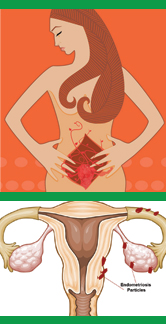
Infections, inflammations, circulation problems, tumours or at many times referred pain (pain coming from another source and being felt in pelvic area) may be the cause. A series of different specialist evaluations may be needed to sort this out. Urologists can check the urinary system causes. Gynaecologist can check out the uterus, ovaries and ovarian tubes to rule out any infection, inflammations and malignancies.
A thorough pelvic exam, different samples evaluation, ultrasound, X-Ray, CT scan or MRI may be needed to evaluate this condition. At time, maybe many times, we do all of these and there is nothing to be found. A big portion of this last group are pelvic Neuropathic pain. It means that although the structures are normal,and that is why all the tests are negative, the nerves are not functioning normally. For this condition the treatment would be to calm down the nerve by different medications used in neuropathic pain like anti-epileptics or anti-depressants or to do some injections to block the irritated nerve.
Patients can do pelvic floor exercises by contracting and releasing the muscles of pelvic area to increase the circulation and improve the core muscles of that area to support the management of pain. These exercises are found to be very helpful in long term.
It is a difficult condition and needs a lot of patience to manage.
Dr. Kevin ROD
PELVIC PAIN, WHY DO WE GET CHRONIC PELVIC PAIN?











